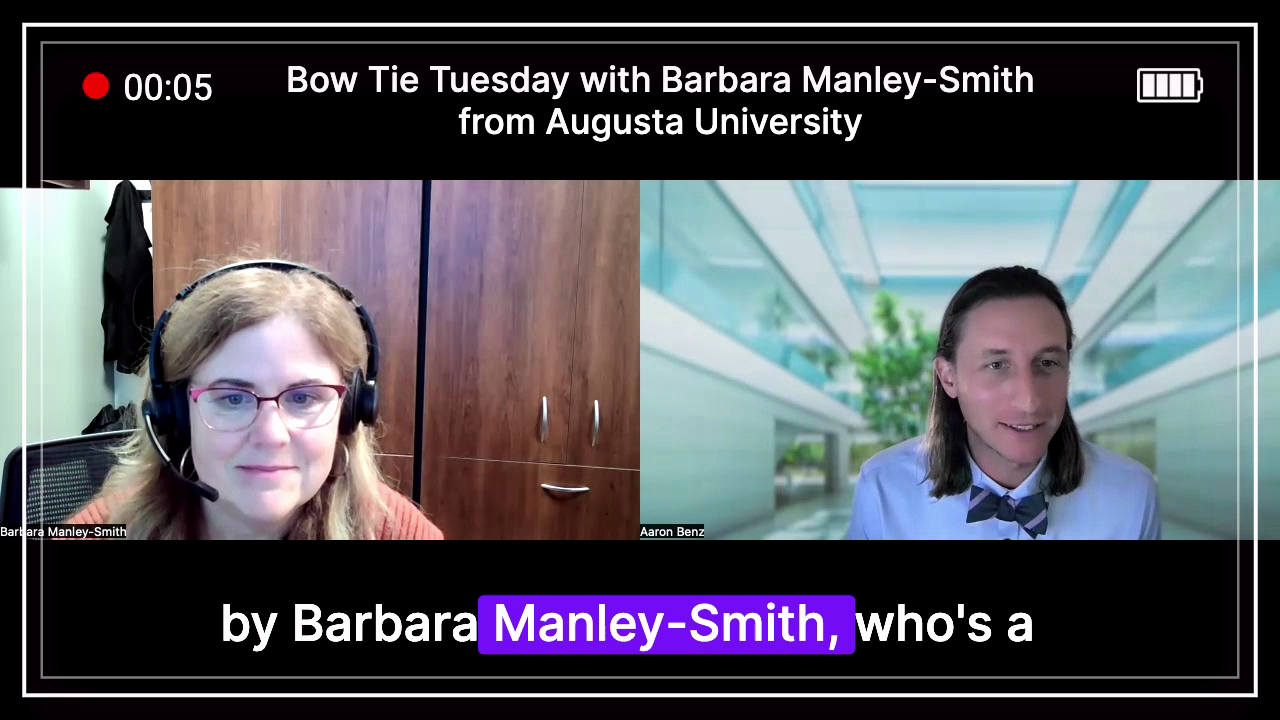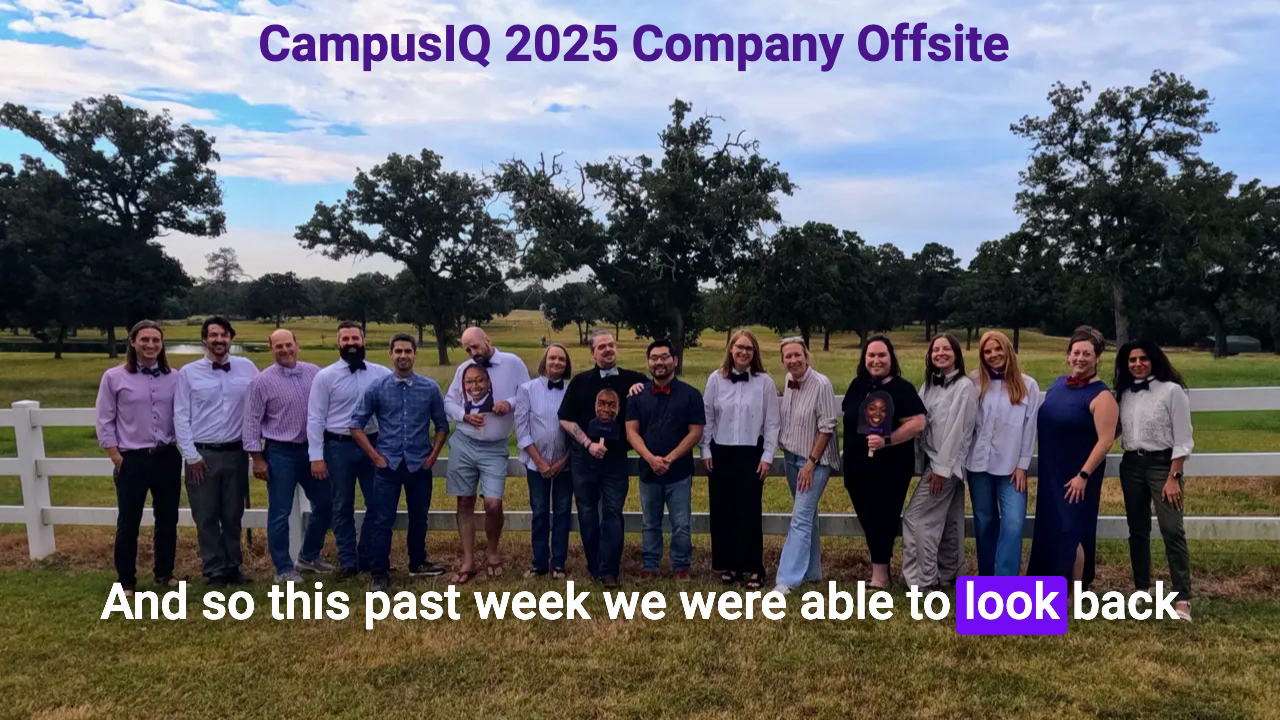Every university wants better research space.
Few are ready to do what it actually takes to get there.
When I sat down with Barbara Manley-Smith, Director of Research Facilities at Augusta University, I expected to talk about data. What I didn’t expect was a story about cultural transformation.
From Data Gaps to Data Power
Four years ago, Barbara stepped into a newly created role with a clear mission: understand how Augusta’s 800,000 square feet of research space was being used—and how to use it better.
The challenge wasn’t the space itself. It was the information.
Departments managed their own footprints. Metrics were inconsistent. Policies were outdated.
Her first move wasn’t sweeping change—it was precision. Barbara’s team built a research module to measure dollars per square foot, collected data down to the room level, and began to establish real accountability. They rebuilt a foundation of facts that could finally support decisions.
That foundation changed everything.
The Hardest Work Wasn’t the Database
When I asked Barbara what part was hardest, she didn’t hesitate.
“It took 19 months to change the policy. The hardest part wasn’t the data—it was the culture.” - Barbara Manley-Smith, Director of Research Facilities, Augusta University
Nearly two years. Not to build systems, but to build trust.
Collecting data is one thing. Convincing people to act on it is the real work. Her team had to realign incentives, retrain expectations, and create confidence that data wasn’t about punishment. It was about potential.
This is the hidden work that defines true transformation. It’s not technical. It’s human.
From Resistance to Results
That persistence paid off.
Augusta University now has a 97% research space utilization rate.
They developed transparent policies that support collaboration rather than competition.
And they earned state approval for a new research facility, designed using the very data that justified its need.
Barbara and her team proved that space management isn’t about control. It’s about stewardship. Every square foot matters because it supports something bigger: discovery.
Why This Matters for Higher Ed
This story goes far beyond Augusta. Every university is feeling the same pressure: more demand, fewer resources, higher expectations.
Augusta’s success shows what’s possible when institutions pair good data with cultural courage.
It’s not about squeezing more into less space. It’s about building a smarter foundation for the future, one where space planning aligns with mission and innovation.
This work matters because it reshapes what higher education can sustain and how research can grow. And that’s what drives us at CampusIQ: helping institutions move from insight to impact.
Watch and Learn
Watch the full Bow Tie Tuesday conversation with Barbara Manley-Smith to hear how Augusta University turned data into momentum and culture into progress. Subscribe to our Linked In page to follow our Bow Tie Tuesday insights. Usually published every week!





Comments (0)
Leave a Comment